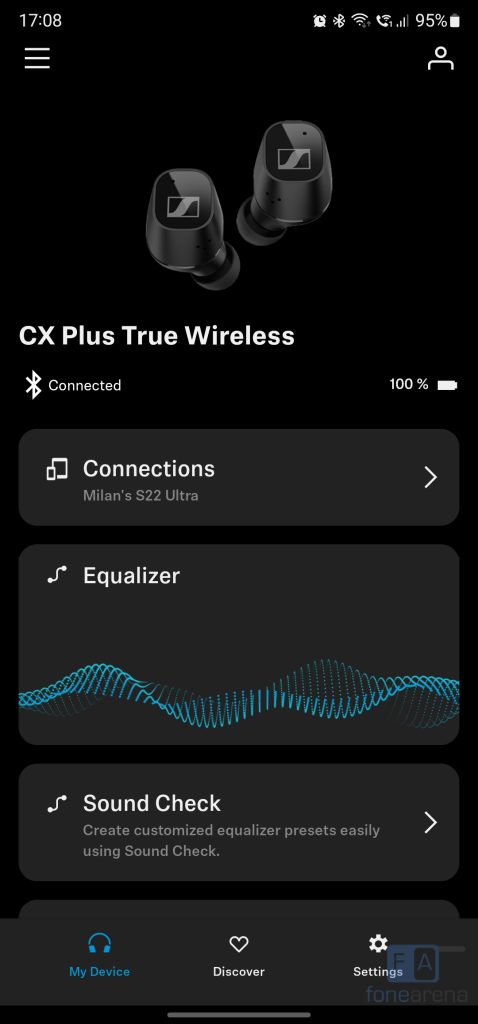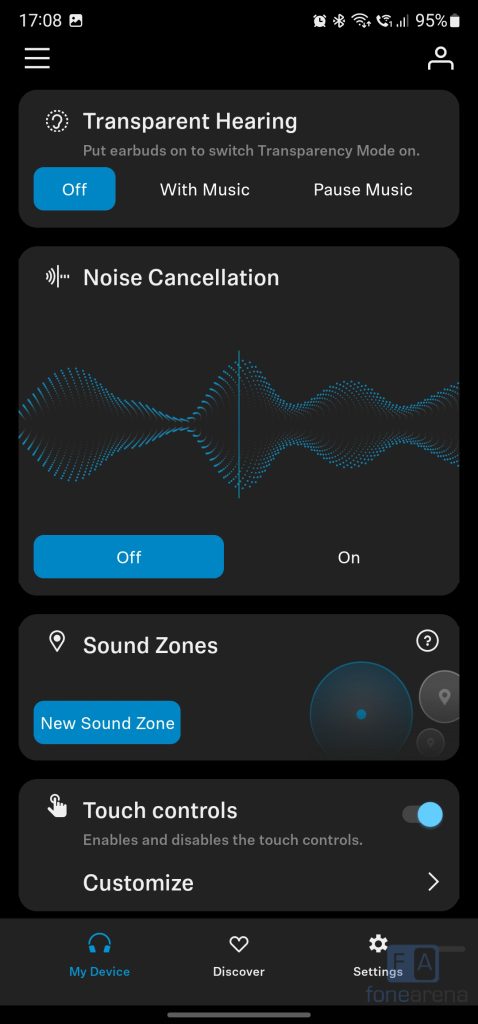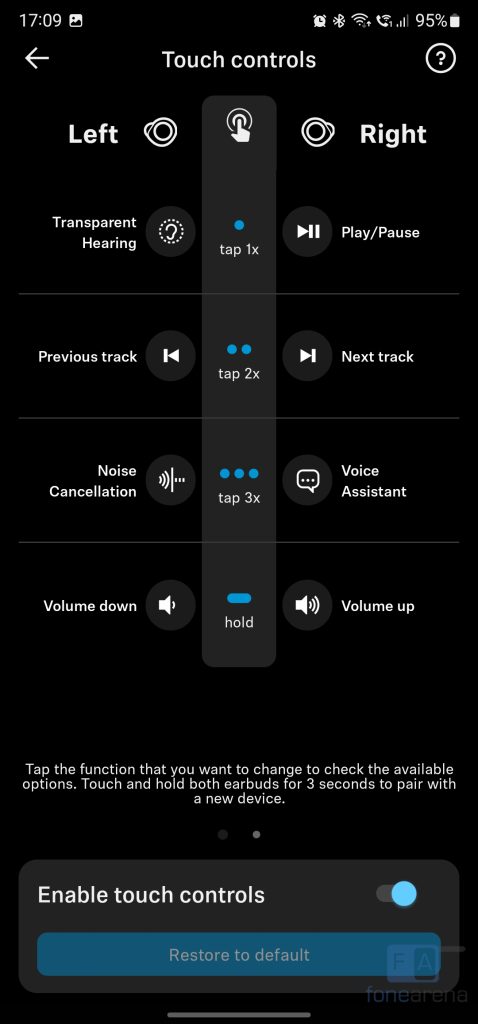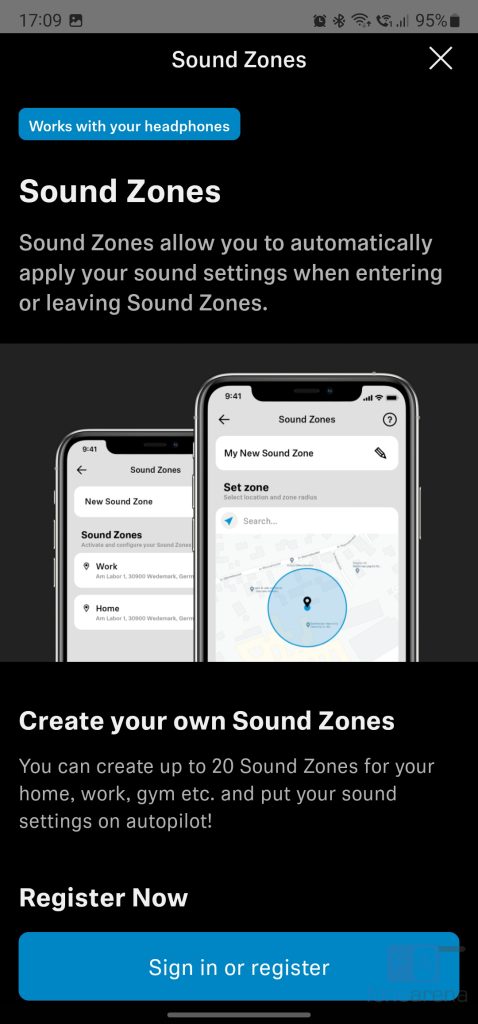
The truly wireless market is filled with a lot of great products from a wide variety of brands, both in the premium and budget segment. Among the premium brands is Sennheiser, who entered the truly wireless market a little later than others. The company has released their new truly wireless earbuds called the CX Plus, offering ANC and a total 24 hour total battery life. However, with a price tag of Rs. 12999, are the features and sound quality competitive in this price segment? Read on in my review to find out.
Box Contents
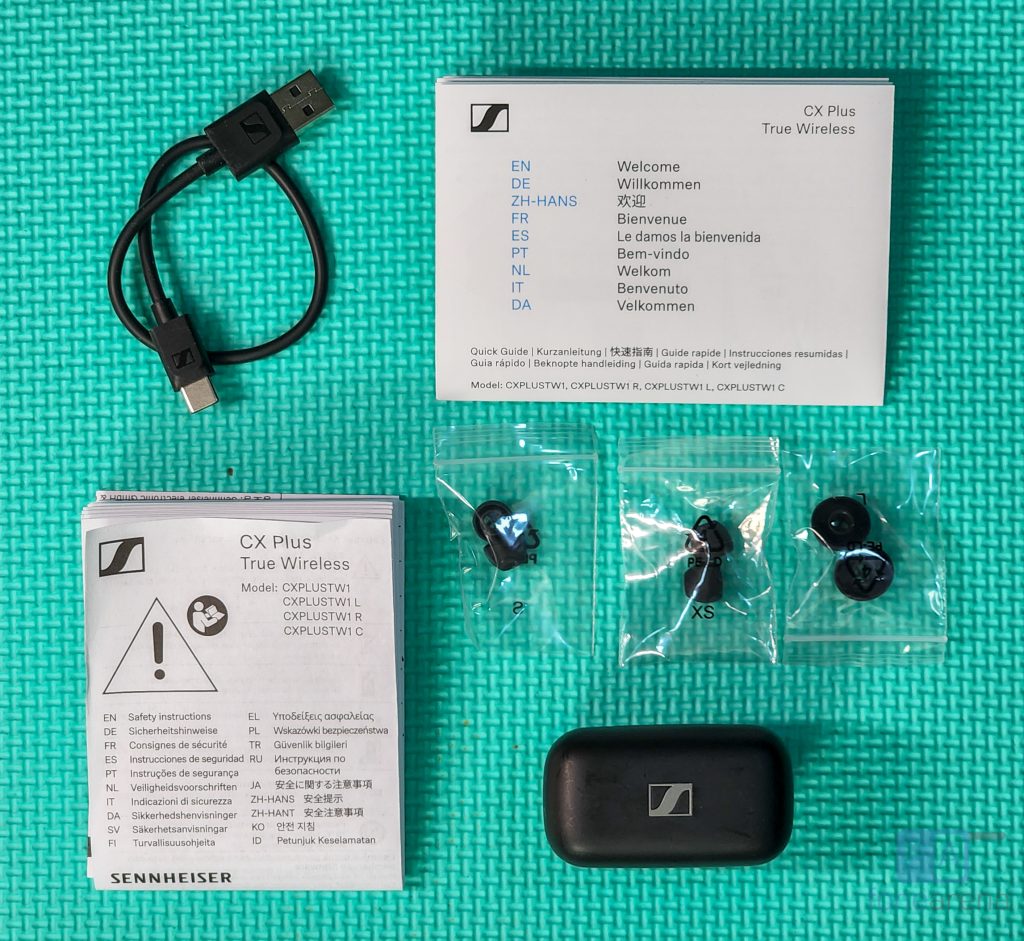
- Sennheiser CX Plus True Wireless Earbuds
- Silicone ear adapter sets (XS, S, M, L)
- Charging Case
- USB-C Cable
- Quick Guide & Safety Guide
Design and Build Quality
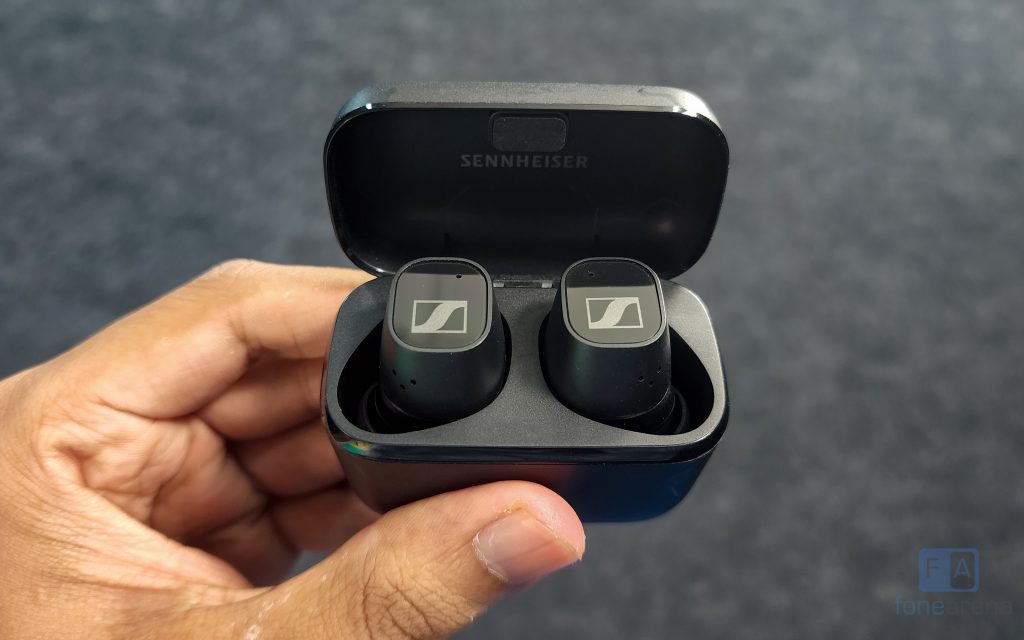
The Sennheiser CX Plus true wireless earbuds come in a charging case that I would not describe as compact, but not too large either. It has a rectangular design with rounded corners and edges that make it easy to slip into a pocket. However, because of how thick it is, it does stick out a bit in the pocket. The case measures 59 x 33.8 x 42.3 mm and it weighs 47gms with the earbuds inside.
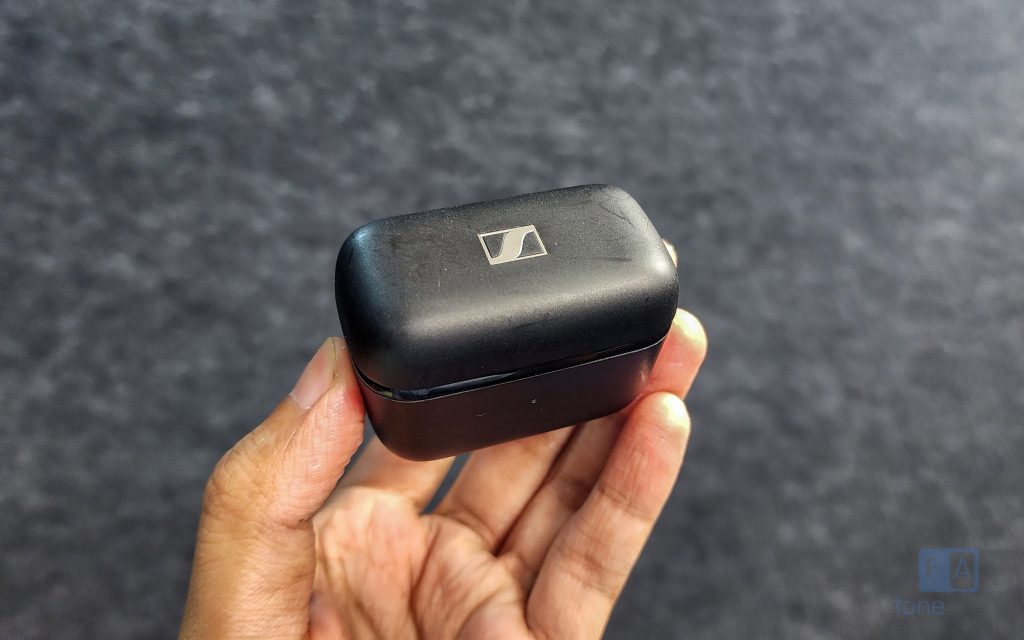
The earbuds and the case have a plastic exterior and most of it is covered in a matte finish. It does a good job of rejecting fingerprints, however during my review it already picked up a couple of scratches, which is a little concerning. There is a silver Sennheiser logo on the lid and the USB Type-C charging port is on the back.

The notification LED for the charging status is in the front, and there is no button for setup or pairing. The earbuds are held in place inside the case with magnets, and the design of the slots make it easy to slip the earbuds in.
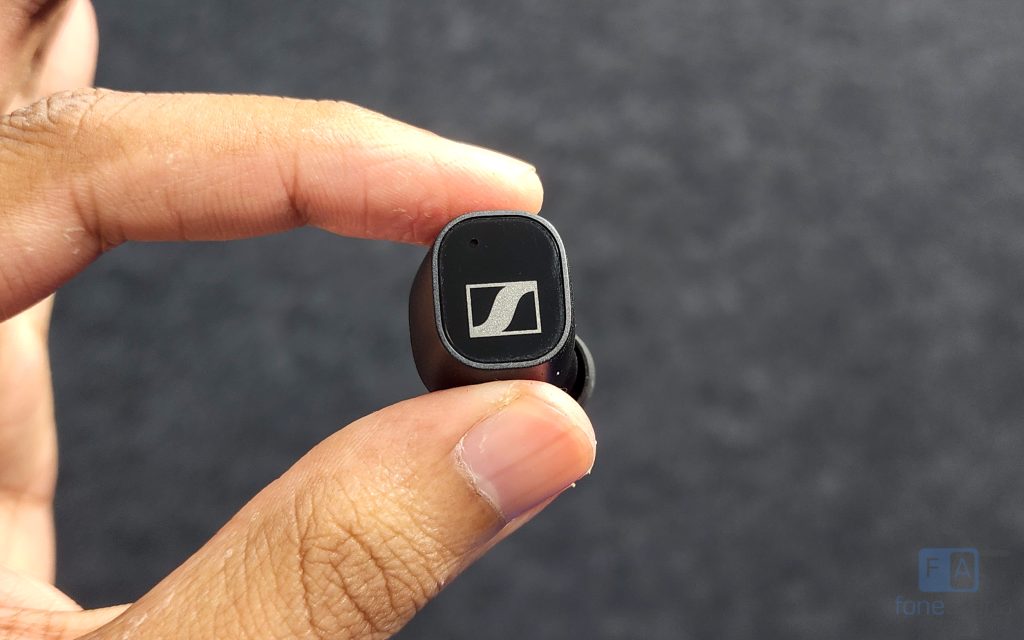
Coming to the earbuds themselves, they are rather large and block-y when compared to the competition. It is an in-ear style earbud with no stem and has all of the components inside the head unit itself. The exterior is covered in the same matte plastic finish as the charging case, except for the touch pads which are glossy. There are a couple of microphone holes around the earbuds, and there is a proximity sensor for in-ear detection on the inside surface.

I found the fit of the Sennheiser CX Plus to be comfortable in my ear. The earbuds are also quite snug, which is important for ANC and ensures that the earbuds don’t fall out easily. The earbuds weigh 6gms each, which is lightweight enough, and the silicone ear tips are soft. They come with the medium-sized ear-tips pre-installed and Sennheiser provides 3 extra sizes in the box – Extra-small, Small, and Large.
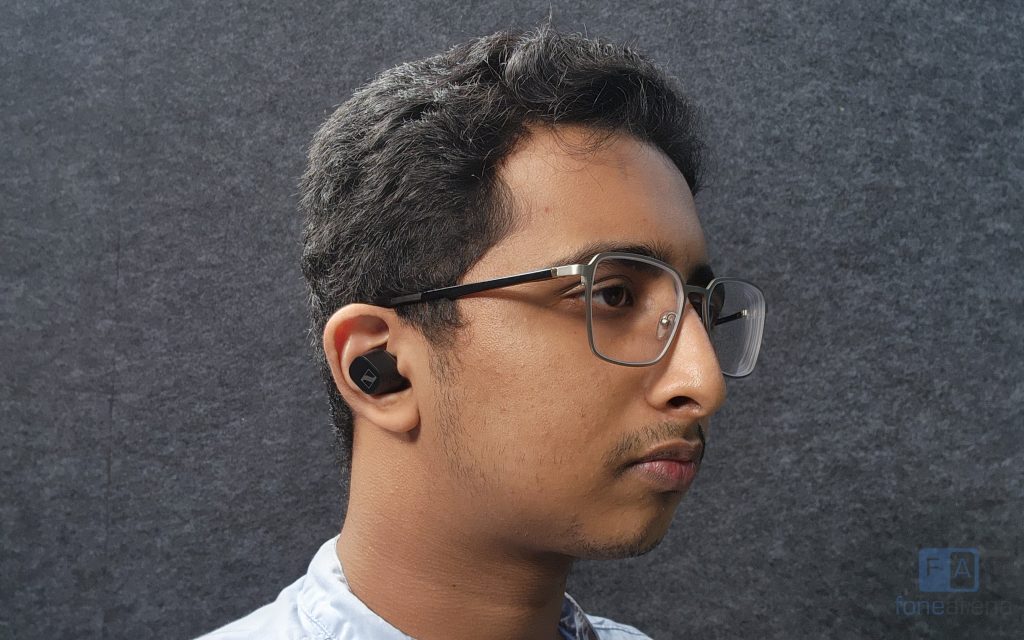
The earbuds are IPX4 rated, which should mean it can survive water splashes and sweat. Overall, the earbuds have a reasonably good design and comfortable fit. The major drawback of the CX Plus is its large size. The earbuds do stick out quite a bit and I don’t like that. Especially when compared to the Samsung Galaxy Buds2, which are a lot more low-profile.
Connectivity, Pairing and App
The Sennheiser CX Plus earbuds connect via Bluetooth 5.2 and feature support for 4 audio codecs – aptX, aptX adaptive, AAC, SBC. Support for LDAC is missing, although that is quite common for earbuds at this price range. The connection process is quite simple – take the earbuds out of the case, hold both the touch pads for 3 seconds and it should show up in your Bluetooth devices menu. Since there is no physical button on the case, there is no option to factory reset the earbuds. You’ll need to use the companion smartphone app instead to perform a factory reset.
The Bluetooth range is rated at 10m, and during my review, the connection was good and I did not notice any drops in connection. I tested the Sennheiser with the Samsung Galaxy S22 Ultra, OnePlus 10 Pro and the Dell XPS 13 laptop, and my experience with all of them was good. The device cannot connect to multiple devices simultaneously, which is disappointing. Jabra seems to be one of the few manufacturers to support this feature, and I really hope Sennheiser adds it in future products.
The controls on the CX Plus are fantastic. Out of the box, the CX Plus controls are configured as follows:
| Action | Left earphone (L) | Right earphone (R) |
| Single tap | Toggle Transparent hearing | Play / Pause |
| Double Tap | Previous track | Next track |
| Triple Tap | Toggle Noise cancellation | Trigger Voice assistant |
| Hold | Volume down | Volume up |
During calls, the controls work as follows:
| Action | Left earphone (L) | Right earphone (R) |
| Single tap | Answer/end calls | |
| Double Tap | Reject call | |
The great part of the CX Plus controls is its customizability. Through the Sennheiser Smart Control, every interaction method can be customized to any supported function, which is highly convenient. This amount of granularity is not common among true wireless earbuds, so this is definitely one of its strengths.
The app offers a lot more features, such as an equalizer, where you can create custom presets or choose from built-in presets. Users can toggle their Transparent Hearing settings, their Noise cancellation setting and their Side Tone setting. Along with this, there is a feature called Sound Zones where you can set up a custom sound setting when entering or leaving a defined zone. The app also allows you to toggle in-ear detection, toggle auto-accept calls, update the firmware, and it shows you which codec is currently being used.
Audio Quality, Call Performance and Noise Cancellation
The CX Plus features Sennheiser’s proprietary 7mm True Response transducers, which are dynamic and closed back. While most earbuds are bass-tuned, the CX Plus is quite balanced across the frequency range. The bass is noticeable, but it is not very overpowering, which is quite common in Sennheiser products. The mid frequencies have a good amount of clarity, and, depending on the song, voices can sound beautiful. The trebles, on the hand, are clear and bright. They also get pretty loud in my opinion and at higher volumes, the earbuds sound significantly better. The sound stage is good for in-ear wireless earphones, with decent separation of instruments and voice. However, it does not support Dolby Atmos, which might be important to some customers.
As a brand, Sennheiser is known for legendary audio quality, and you would expect they can produce the same magic in these earbuds. However, I don’t think that is the case here. Which isn’t to say that the CX Plus performs poorly. In reality, the audio quality is fine for the price and it is slightly better than the competition. Overall, I enjoyed listening to music and podcasts on the CX Plus.
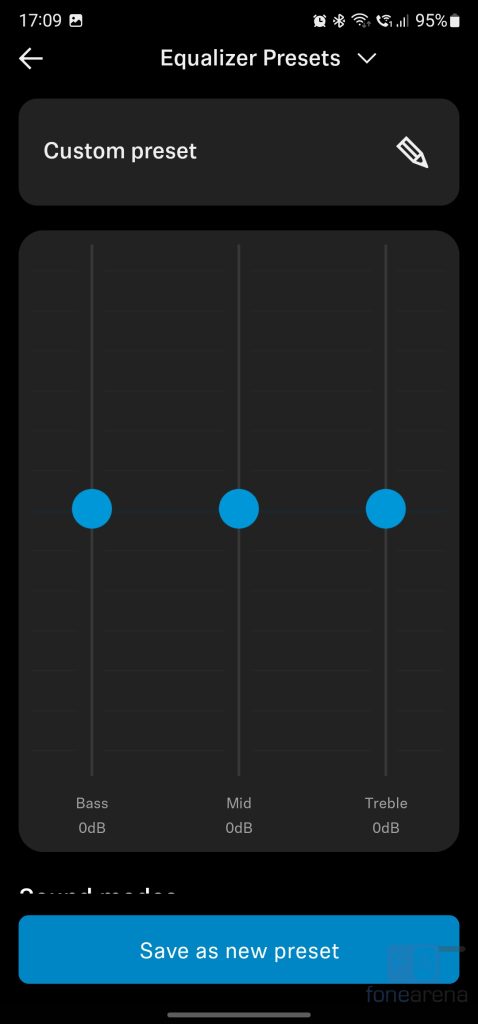
There is the ability to customize the audio output using the equalizer in the Smart Control app. There are even presets to enhance the Bass or to enhance voice for podcast listening. Although, I barely noticed any difference when turning on the Bass Boost setting.
The main difference between the CX Plus and the regular CX earbuds is the presence of ANC and Transparent hearing. Sennheiser does not mention the dB level of noise that the CX Plus is capable of canceling, and in my experience it is not very strong. It does an okay job of canceling out low-frequencies such as the hum of a fan or an A/C unit. However louder noises such as traffic or a TV can easily come through.
The Transparent mode in the CX Plus is not good. It is functional, meaning that it does allow you to hear your surroundings, however it does not sound natural and there is quite a bit of white noise. I wouldn’t use it unless I absolutely had to.
There is no dedicated gaming mode in the CX Plus for low-latency transmission. That said, it does support the aptX Adaptive codec, which should be able to dynamically change the audio quality to reduce latency. During my testing, I found that it works really well. I noticed a drop in the latency as soon as I began gaming, although I did notice a big drop in the audio quality which is an understandable trade-off.
Regarding call quality, the CX Plus uses a 2-microphone beam-forming array to pick up your voice during calls. The earbuds also uses its ANC technology to filter out environmental noise and improve clarity during calls. The CX Plus does a pretty good job in these areas, and according to the people I talked to, my voice always came through clearly, even in loud environments. It would occasionally leak through some background audio but never compromised on the caller’s voice. In quiet environments, the voice quality is really good and legible.
Battery Life
Each earbud has a 55mAh battery inside and the charging case comes with a 400mAh cell inside. According to Sennheiser, the earbuds offer a standalone battery life of 8 hours and a total battery life of 24 hours with the charging case. During my testing, with ANC turned on and the volume at around 60%, I got somewhere between 6-7 hours of listening time which is not bad at all.
The earbuds do not support fast charging, which is a let-down. It takes about 1.5 hours to fully charge. and there is also no wireless charging support.
Conclusion
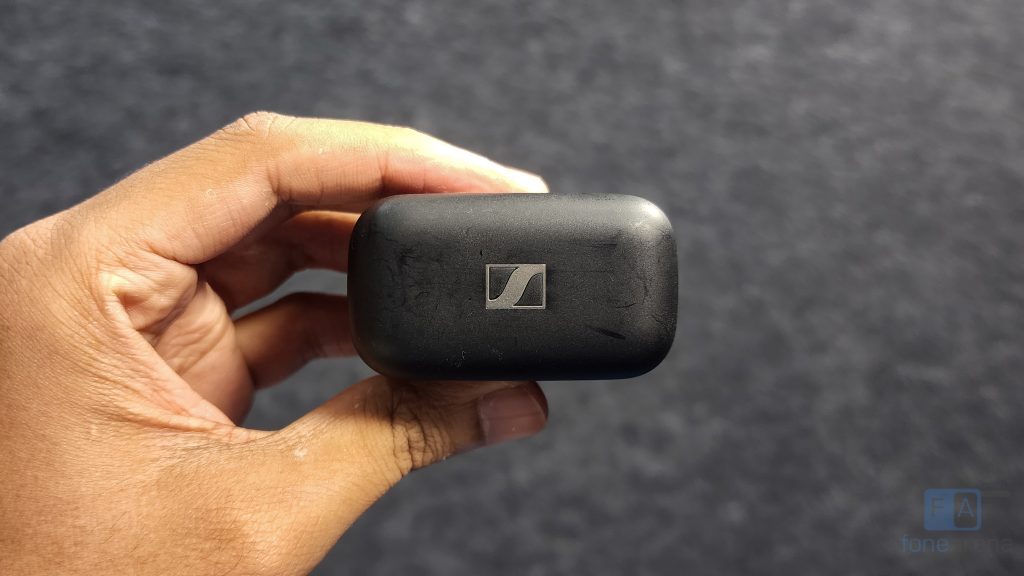
It is great to see Sennheiser expand their true wireless lineup of earbuds in India. They have not been competitive in this segment for a while, and it should only improve from here onwards.
The CX Plus performs well in many areas, such as the audio quality, microphone quality, support for aptX codec, app customizability and battery life. However there are some weak points too, such as the build quality, the earbud’s large size, lack of spatial audio technologies, and sub-par Transparent Hearing mode.
Coming to the price, the Sennheiser CX Plus has launched at Rs. 14,990, which is quite high for earbuds that offer these features. The competition is fierce in this segment, and more notably, they are cheaper too. The Samsung Galaxy Buds2, and the OnePlus Buds Pro offer similar features for lesser money, and that makes the Sennheiser CX Plus hard to recommend.
Considering the CX is priced at Rs. 10,990, and it is only missing ANC and Transparent Mode, I believe the regular CX true wireless earbuds would be the better choice.
You can get it from Amazon.in at an offer price of Rs. 12,999.
Pros
- Good audio quality
- Excellent quality during calls
- Support for aptX and aptX Adaptive codecs
- Lots of customizability for on-board controls
- Above average battery life
Cons
- Plastic feels sub-par
- ANC is weak and Transparent Hearing mode is not good.
- No wireless charging or fast charging
- No spatial audio technologies

